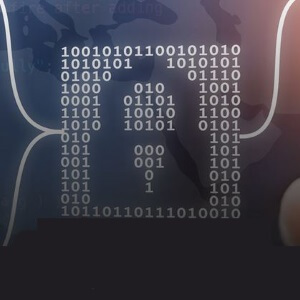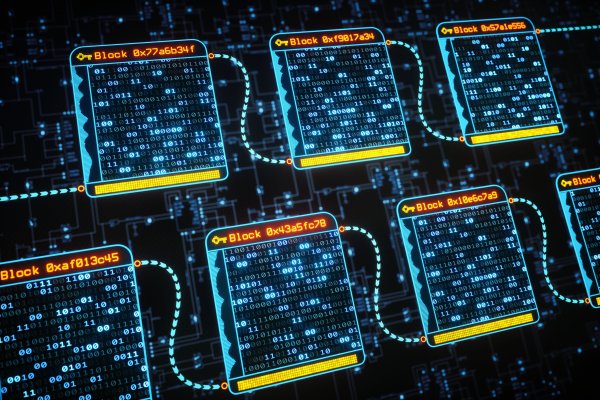
Blockchain – a type of database where data is stored in a chain of blocks – is best known as the technology behind Bitcoin. However, in addition to its application for digital or cryptocurrencies, blockchain technology also includes a large number of non-financial applications.
Blockchains are expected to have a certain impact on a large number of industries and will lead to an increase in the number of patent applications for blockchain solutions.
The Bitcoin was invented in 2008 by an unknown person or group of people using the name Satoshi Nakamoto. The implementation of the cryptocurrency followed in 2009 and became available as open-source software. This was the first successful application of blockchain technology.
Transactions
A blockchain allows the exchange of something of value – a transaction – between two parties without the intervention of a third party. Think about data concerning payments with a digital currency, but also about contracts or (copy)rights. All information is stored in blocks within a database via a large decentralized network of computers. Each new block of information contains information about the previous block and so on. This creates a long chain: the blockchain.
The main advantage of the blockchain is that the exchange of value is decentralized in a secure, encrypted manner. As a result, a trusted central intermediary is not needed. There is no central database, in fact every computer on the network has a copy of the database. The monitoring of the database lies with the users themselves. They determine whether the information, shared as code, is correct and can be stored in the chain: the majority of users determine whether the information is correct or not.

Protocol
The Blockchain is – as mentioned above – not limited to digital or cryptocurrency technology. Via the blockchain, it is also possible to store and exchange so-called ‘smart contracts’. Of course, a protocol is needed: a set of rules that the database must follow. An automated transaction protocol can execute specific, predefined contract terms. This makes it possible to program decentralized applications, using a decentralized database, for example in real estate applications. A blockchain application can create a deed, taking over some of the work of the notary. The need to make such systems and procedures more efficient and scalable offers plenty of opportunities for technical innovations. Whereas technologies such as artificial intelligence often aim to automate menial tasks performed by employees, the blockchain seeks to eliminate the need for a centralized entity. For example, in the taxi business: instead of making cab drivers obsolete through automation and self-driving cars, the blockchain can replace Uber. This way, cab drivers can work directly with the customer.
A computer-implemented invention
The European Patent Office considers the blockchain invention as a type of computer-implemented invention. The invention must meet two conditions. A first condition is the so-called suitability assessment. This assessment requires that the claimed matter as a whole be of a technical nature. In practice, it is relatively easy to meet this requirement by simply introducing a technical means. This can be done, for example, by emphasizing that it is a computer-implemented process. The second condition is more complex than the first one. It requires a technical contribution to make inventive steps. When a patent claim contains a mix of technical and non-technical features, only features that contribute to its technical nature are included in the assessment of inventiveness. This includes steps that do not appear to be technical, but do contribute to the technical nature of the inventive step of the invention. For example, a mathematical process step may contribute to the technical nature of the invention if it serves a technical purpose. This is the case, for example, when optimizing the distribution of calculation tasks in a computer network.
Another example of a blockchain invention is a computer-implemented method for mitigating blockchain attacks. A more secure blockchain is obtained as a technical effect. Inventions with ‘applied’ blockchain technology may also be patentable. These are inventions that are not related to the way the blockchain itself works, but to its technical implementation for a specific purpose.
The added value that blockchain applications can provide is likely to lead to a wide variety of new blockchain inventions. The number of patent applications in this field is expected to grow significantly in the coming years. We are therefore happy to discuss ways to protect your blockchain innovations.



